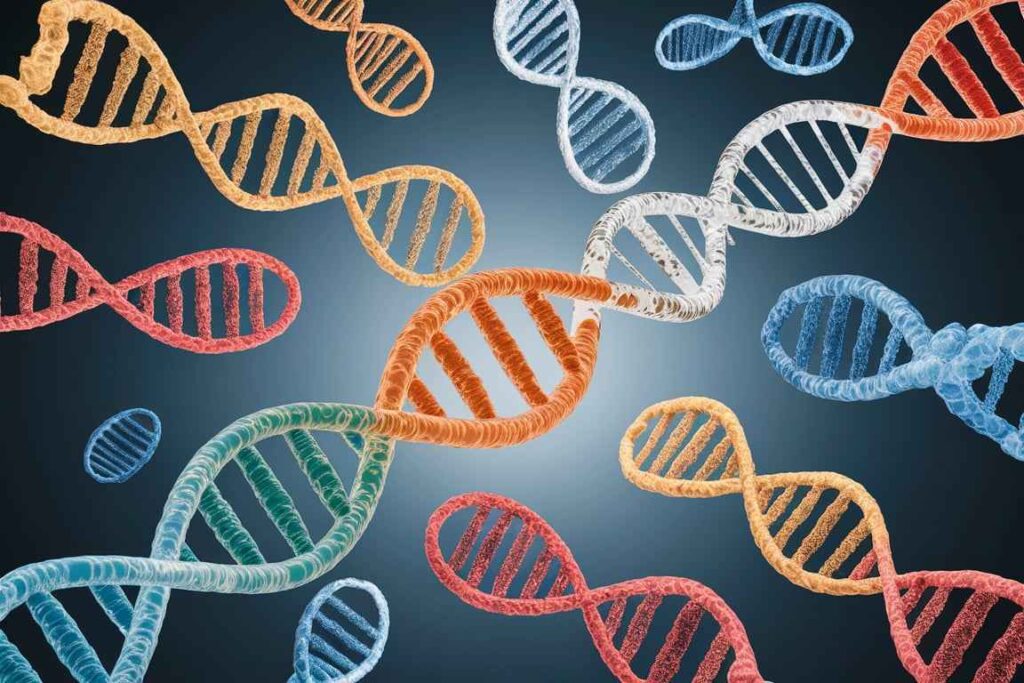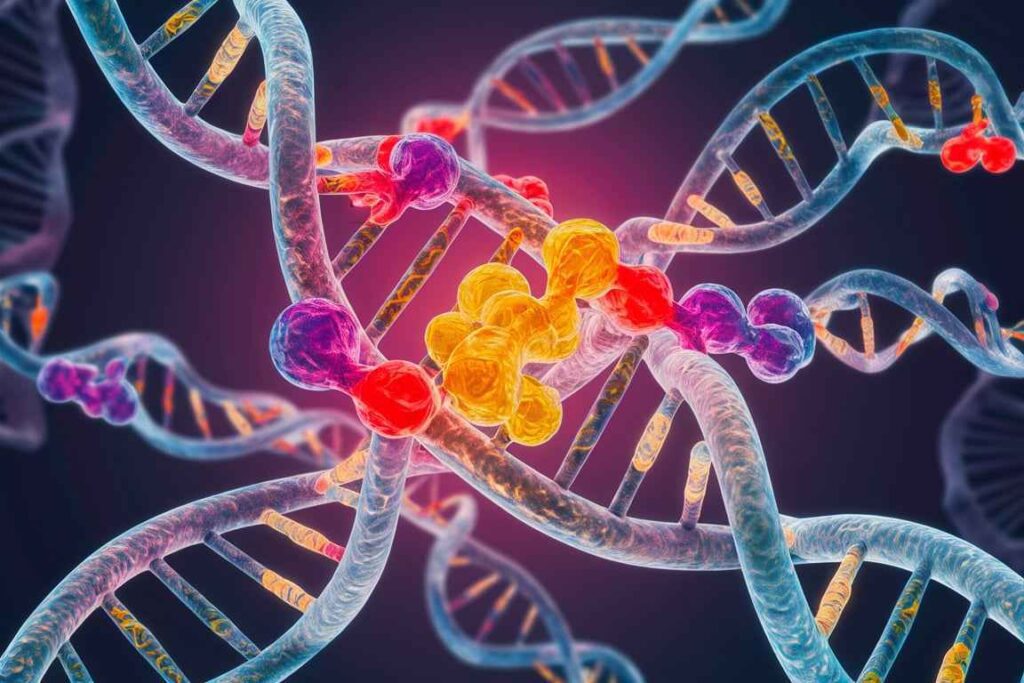Plasmid copy number is the number of copies of a plasmid found within a single bacterial cell. Plasmids are small, circular DNA molecules that reproduce independently of the bacterial chromosome and frequently carry beneficial genes for their host, such as antibiotic resistance genes. The management of plasmid copy number is critical for cellular homeostasis and the plasmid’s stability within the host population.
Table of Contents
Plasmid Copy Number and Control Mechanism
Plasmids are extrachromosomal DNA molecules that reproduce autonomously within bacterial cells. They are essential tools in molecular biology and biotechnology because they aid in gene cloning, expression, and genetic manipulation. The plasmid copy number is the average number of plasmid molecules per bacterial cell and is carefully regulated by the plasmid’s replication control mechanisms.

Factors Influencing Plasmid Copy Number
1. Origin of Replication (ori):
- The ori is a specific DNA sequence from which replication begins.
- The origins of high-copy-number plasmids typically commence replication.
- Low-copy plasmids have origins that start replication less frequently.
2. Mechanisms for controlling replication include:
- A replicon is made up of the ori and the accompanying regulatory proteins.
- The technique by which replication is begun and controlled varies amongst plasmid types.
Mechanisms of control
Iteron Regulation:
Iteron-based plasmids include repeating sequences (iterons) near their origin that govern replication. This method involves several critical elements:

Replication Initiator Protein (Rep):

- The plasmid encodes a protein that binds to iterons.
- High levels of Rep can cause handcuffing, which occurs when plasmid molecules connect to one another via iterons, preventing fresh rounds of replication from starting.
Example:
- pSC101 Plasmid uses RepA protein to connect to iterons around the ori.
- When RepA concentrations are high, handcuffing occurs, which prevents continued replication.
2. RNA-based Control:
RNA molecules can control plasmid replication by interacting with regions around the ori.
- Antisense RNA is small RNA molecules that complement plasmid sequences and impede replication.
ColE1-Type Plasmids:
- RNA I is an antisense RNA that binds to RNA II (a replication primer), preventing it from generating the stable RNA-DNA hybrid required to initiate replication.
- RNA II serves as a primer for replication when not inhibited by RNA I.
3. Protein-based Control:
Some plasmids use repressor proteins to control the activity of replication start proteins.
Repressor proteins attach to replication initiator proteins (ori) and stop replication.
Partitioning Systems: ParA and ParB proteins help segregate plasmids during cell division, affecting plasmid stability and copy number indirectly.
Example:
The F plasmid uses the RepA protein to initiate replication.
ParA and ParB proteins are also involved in partitioning and ensuring stability.
4. Multicopy Inhibition.
- Some plasmids include mechanisms that prevent their own reproduction at high copy numbers, ensuring a stable plasmid population.
- High copy numbers can titrate replication factors, reducing their availability for beginning new rounds.
Inhibition of replication proteins:
- When the concentration of replication initiation proteins exceeds a specific threshold, feedback mechanisms can block them.
Example:
The RK2 plasmid uses Rep proteins and antisense RNA to regulate its copy number.
5. Plasmid incompatibility:
When two plasmids with comparable replication control mechanisms coexist in the same cell, they compete for the same replication machinery, resulting in incompatibility. This competition influences the copy number and stability of each plasmid.
- Plasmids are divided into incompatible categories depending on their replication and partitioning mechanisms.
- Plasmids from the same incompatibility group cannot coexist permanently in the same cell.
Example:
Incompatibility Group IncF: Plasmids with comparable replication control systems cannot coexist successfully.
Frequently Asked Question
Define Plasmid Copy Number
Plasmids are extrachromosomal DNA molecules that reproduce autonomously within bacterial cells. They are essential tools in molecular biology and biotechnology because they aid in gene cloning, expression, and genetic manipulation.
What are the factors Influencing Plasmid Copy Number ?
The factors Influencing Plasmid Copy Number are:
1. Origin of Replication (ori)
2. Mechanisms for controlling replication include
Related Article
Different approaches for Fungal Disease Diagnosis: Clinical, conventional and molecular approaches

